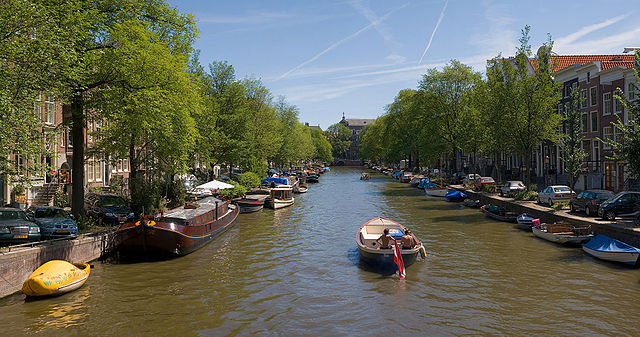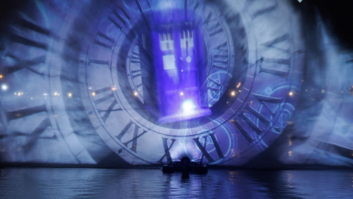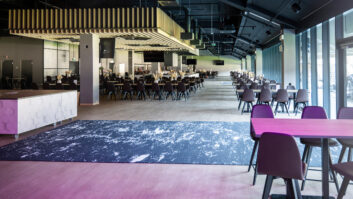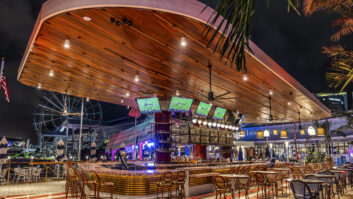
The stylish woman who ascended to the Dutch throne as Queen Consort this spring cut a very different figure last September when she emerged, soggy but triumphant, after swimming a two-kilometre course through Amsterdam’s famous waterways.
Princess Maxima, as she was known then, was taking part in ‘Amsterdam City Swim’, an annual charity event that sees hundreds of be-wetsuited fundraisers hurling themselves into the waters of the canal network that has earned this city its nickname ‘the Venice of the North’.
Such is the blistering charm on display here, some devotees have even wondered whether Venice shouldn’t rather be renamed ‘the Amsterdam of the South’…
Virgin waters
Taking a dip in the canals would have been downright unthinkable in the Amsterdam of yesteryear, however. From the Middle Ages right up until the 1970s, the now- picturesque pleasure boat-strewn canals of Amsterdam functioned not just as a bustling transport network, but also as rubbish tip and open sewer for households and industry alike. As city historian Fred Feddes, author of A Millennium of Amsterdam, puts it: ‘The refuse from abattoirs, markets and homes, the corpses of every imaginable domestic animal, faeces: all were to be found floating around the water.’ Not such a royal flush, then. Indeed, when the first English and French tourists began to visit Amsterdam in the 1700s, the city had already earned the not-so-complimentary moniker ‘a beautiful virgin with stinking breath’ on account of the contrast between its singular attractiveness and the horror of the stench, particularly during the warmer months.
A narrow escape
As the industrialisation of the Golden Age went into overdrive, a summerhouse outside the city limits came to be viewed as an absolute necessity for Amsterdam’s urban elite. Later, when modern, sanitary solutions for waste management were rolled out across the city, few residents opposed the energetic programme of filling in canals that peaked 1865-1895, and saw a resurgence around 1935, when the road vehicle began to challenge the barge as Amsterdam’s delivery system of choice. ‘Before that point, goods from all over the Netherlands – peat for the stoves, vegetables and later coal – were sold to the customers along the canals almost entirely by barge,’ says Henk Dessens, director of collections at the Scheepvaartmuseum, Amsterdam’s maritime museum. Fortunately for postcard sales, an evolving ‘heritage’ movement has prevented Amsterdam’s watery paradise from being paved over completely and, in 2010, a growing sense that Amsterdam’s canals should be preserved for posterity was formalised when the waterways of the central Canal Belt were added to the UNESCO World Heritage list alongside such big-hitting eye candy as the Grand Canyon.
Picture perfect
The newly-reopened Rijksmuseum – in common with the commercial galleries that do brisk business on the nearby Nieuwe Spiegelstraat – has no shortage of misty-eyed depictions of the city’s aquatic thoroughfares, and August’s Grachtenfestival (‘Canal Festival’) culminates each year with a rousing burst of ‘Aan de Amsterdamse Grachten’, a song from 1949 that heaps sentimental praise on the twinkling lights and tree-lined splendour of the canals before concluding: ‘No one could wish for better than to be an Amsterdammer’. As the upper-crust names of the innermost canals – Herengracht, Keizersgracht and Prinsengracht; gentlemen’s, emperors’ and princes’ canal – make clear, living beside the water in central Amsterdam has long been an aspirational affair – as was the intention of the city’s ruffle-wearing Golden Age town planners. A dynamic audio-visual exhibit in the Grachtenhuis museum recreates the 1613 meeting in which councillors and cognoscenti first convened to debate the logistical options for much-needed city expansion. What it makes abundantly clear is that these men always envisaged that the resulting horseshoe-shaped Canal Belt should be a highly desirable place to live, in contrast to the more functional canals of the Jordaan to the west, with their malodorous leather tanneries and breweries. As Amsterdam’s current mayor, Eberhard van der Laan, puts it: ‘They saw the power of the water and the options for economic and cultural development, and translated this vision into an incomparable architectural solution, a Dutch masterpiece.’ One, it might be added, that nowadays is fit for a queen.
From stinking beauty to UNESCO treasure, the Canal Belt has come a long way.







